Clean Your House Like Grandma: 16 Old-School Cleaning Tricks That Actually Works

Don’t want to resort to all the toxic chemicals available in the market to clean your house? Here are some traditional cleaning hacks that actually works. Many of these cleaning hacks have been passed down from generation to generation, and utilize simple household items to use for day-to-day cleaning and maintenance. These tried-and-true methods not only work wonders but also favor a more natural and eco-friendly approach to keeping our homes spotless.
Baking Soda for Oven Cleaning
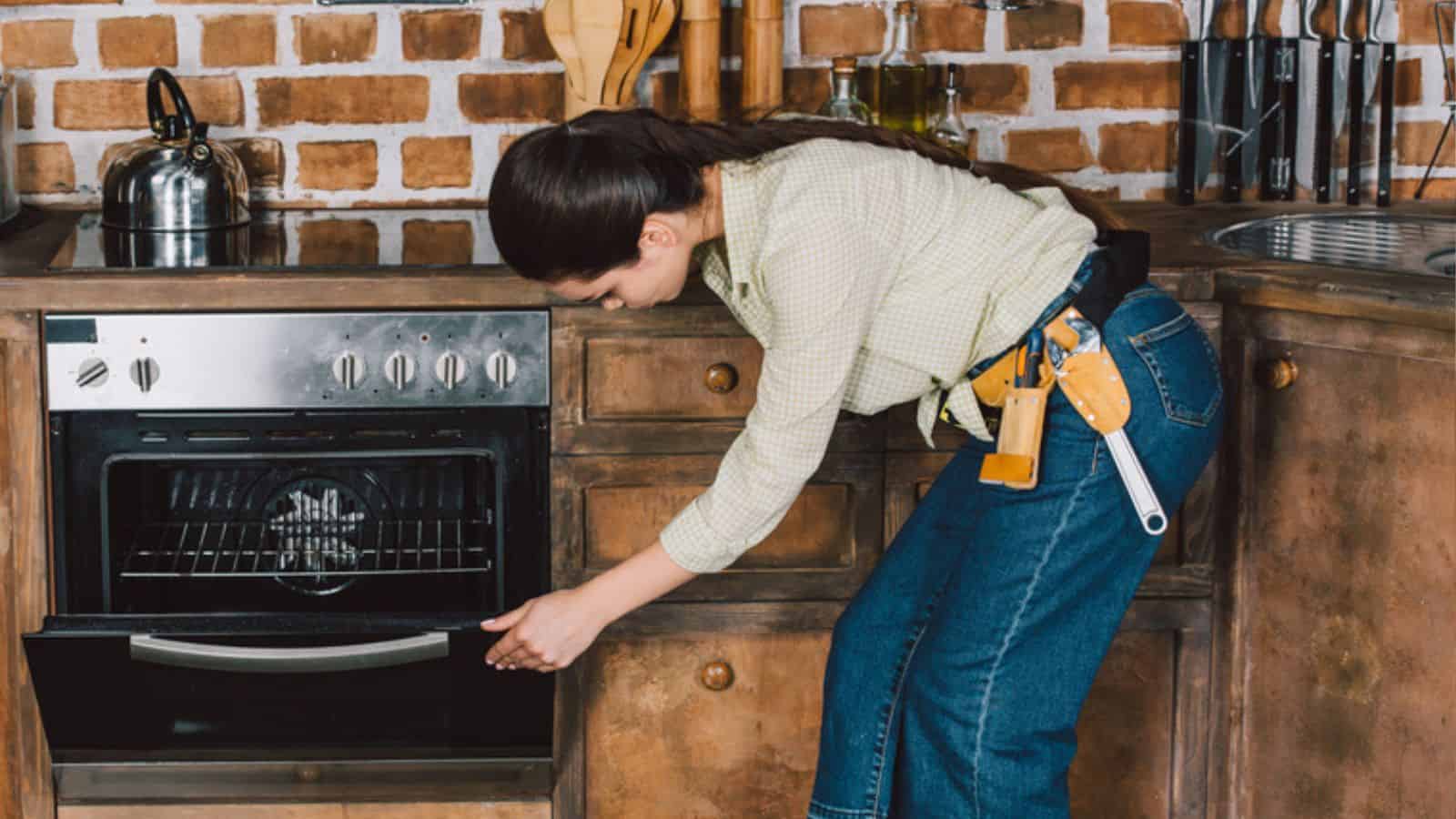
Baking soda is a classic and highly effective cleaner for tough oven grime. Its mild abrasive properties make it perfect for removing baked-on residue without damaging surfaces. To clean an oven with baking soda, make a paste with water and spread it throughout the interior of the oven, avoiding the heating elements. Let it sit a few hours to overnight to break down the grease and food particles. The next day, wipe the oven clean with a damp cloth, and you’ll find that the grime comes off easily. For extra cleaning power, you can add vinegar to react with the baking soda and create a foaming action, which helps to lift stubborn stains. This method is non-toxic, affordable, and avoids the harsh chemicals found in many commercial oven cleaners.
White Vinegar for Window Cleaning

White vinegar is a versatile cleaning agent that is especially good for leaving windows sparkling and streak-free. The acetic acid in vinegar cuts through dirt and grease, dissolving the residues that can cloud glass. To clean windows, mix equal parts of white vinegar and water in a spray bottle. Spray the solution onto the glass and wipe it clean with a lint-free cloth or squeegee. Vinegar’s natural disinfectant properties also make it a good choice for those looking to avoid harsh chemicals. Plus, it’s economical and eco-friendly.
Lemon Juice for Stain Removal & Natural Freshness
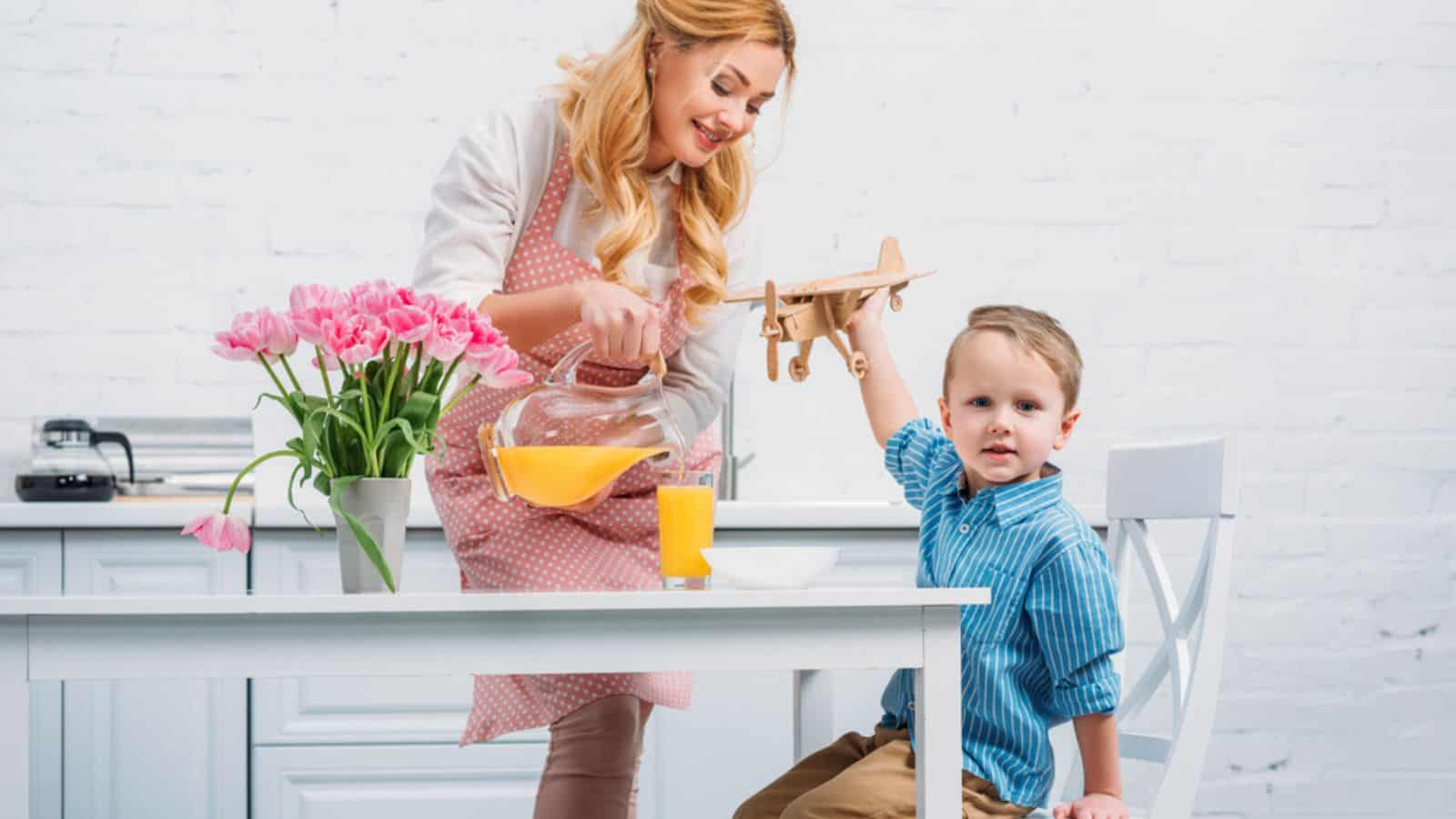
Lemon juice is a natural bleaching agent due to its citric acid content, which makes it great for removing stains from a variety of surfaces. It works particularly well on fabric stains when mixed with salt or baking soda to create a paste. Apply the paste to the stain, let it sit, and then wash as usual. Lemon juice can also be used to remove rust stains from countertops and to brighten whites in the laundry.
Additionally, lemon juice offers a natural and refreshing way to clean and deodorize surfaces. Simply dilute fresh lemon juice with water and apply it to surfaces using a cloth or spray bottle. Melissa Caverly, founder of Imagine Maids says, “Lemon juice has been a trusted cleaning agent for centuries, prized for its antibacterial properties.”
Hydrogen Peroxide for Grout Cleaning
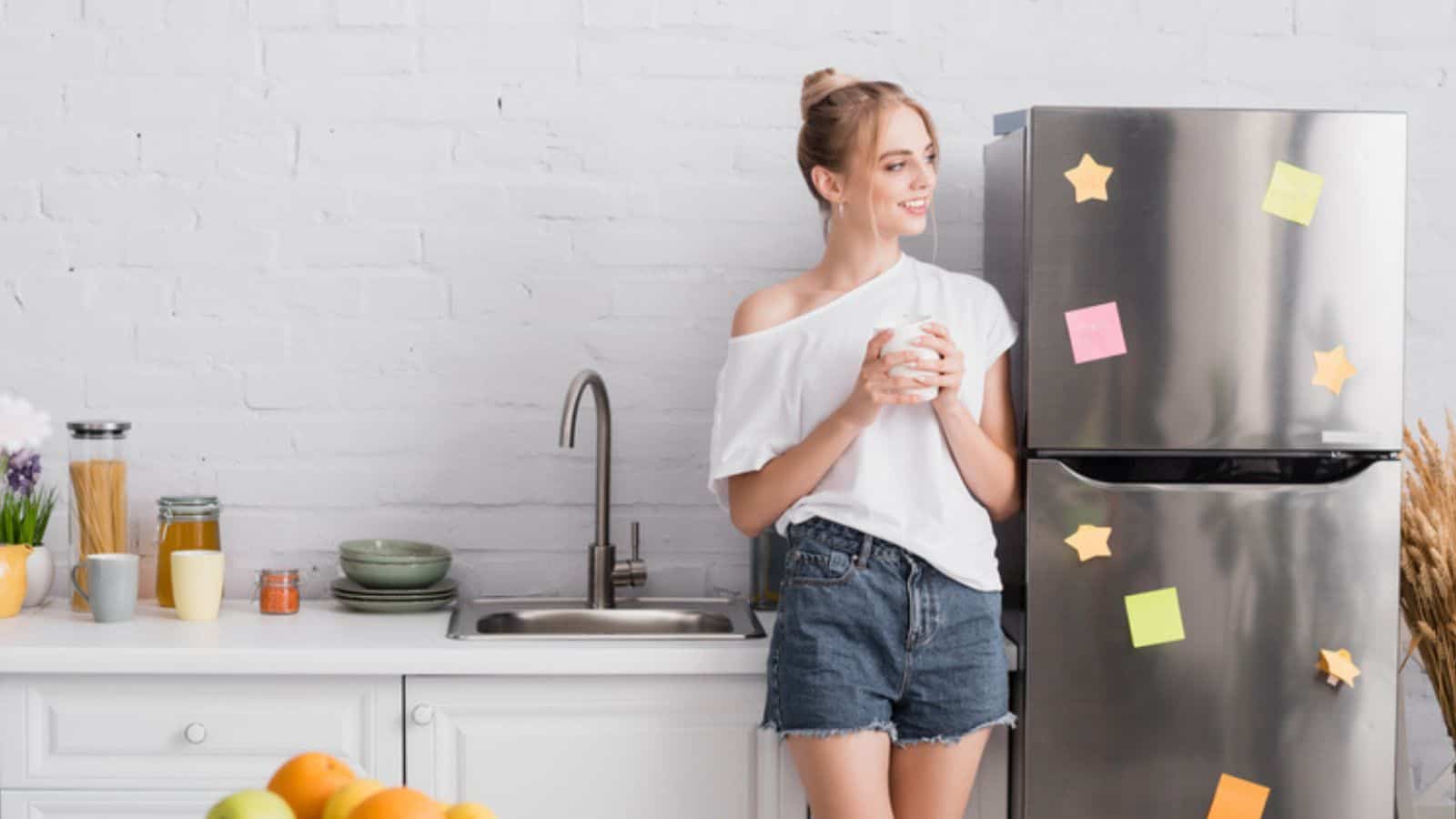
Hydrogen peroxide is a mild bleaching agent that can brighten grout without the harshness of chlorine bleach. To clean grout, create a paste by mixing hydrogen peroxide with baking soda, apply it to the grout lines, and let it sit for several minutes. The paste will penetrate the grout and help lift dirt and stains. After allowing it to sit, scrub the grout with a stiff brush, working in small sections until you’ve covered the desired area. Rinse with water and the grout should appear cleaner and whiter. This method is effective for both floor and wall tile grout, and because hydrogen peroxide is a non-toxic cleaner, it’s safe to use in kitchens and bathrooms where you might be hesitant to use stronger chemicals.
Salt for Iron Pans, Stovetops & Sinks

Salt is an excellent tool for maintaining and cleaning cast iron pans, which are prized for their durability and ability to retain heat. To clean a cast iron pan, sprinkle a generous amount of coarse salt into the pan while it’s still warm. Use a folded kitchen towel or a stiff brush to scrub the pan with the salt, which will act as an abrasive to remove stuck-on food and residue. After scrubbing, rinse the pan with hot water and dry it thoroughly. To finish, you can apply a light coat of cooking oil to protect the seasoning. This method of cleaning preserves the non-stick properties of the pan and helps to keep it in good condition for years (Bon Appétit).
You can also use salt to clean stovetops or sinks. Using salt to clean surfaces is a time-tested cleaning hack that delivers remarkable results. To implement this tactic, simply sprinkle salt onto the area and scrub vigorously with a damp cloth or sponge. Caverly states, “Salt has long been revered for its cleansing properties; its abrasive texture makes it an effective ally in tackling even the toughest messes. This makes it particularly effective for cleaning surfaces like stovetops or sinks.” This hack has been used for centuries, with salt’s cleansing properties recognized across cultures and generations as an effective and eco-friendly cleaning solution.
Rubbing Alcohol for Microfiber Stains

Microfiber furniture is notorious for showing watermarks and stains, but this tip from House Beautiful will help you keep your couch looking brand new. Rubbing alcohol can clean these blemishes without leaving behind rings. Spray the stained area with rubbing alcohol until it’s damp (not wet), and then gently rub with a sponge or white cloth. Once the alcohol has dried, use a soft-bristled brush to fluff up the microfiber’s texture if it feels stiff. This method is particularly effective because rubbing alcohol evaporates quickly and doesn’t leave moisture behind that can cause additional staining.
Olive Oil for Furniture Polish
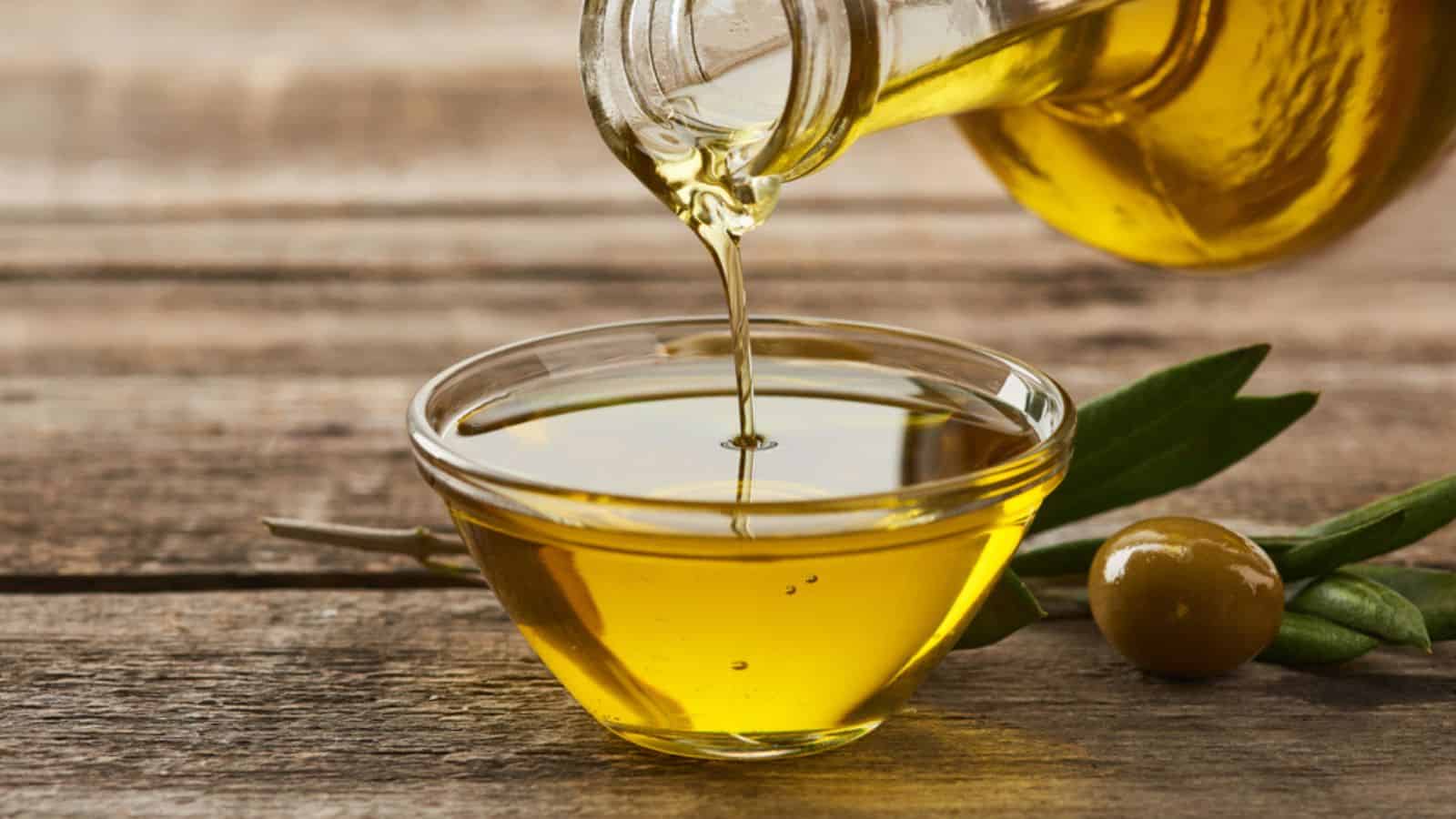
Caverly reveals that olive oil is good for more than just cooking. “Olive oil is not just good for cooking; it’s also a masterful tool for preserving and rejuvenating wood furniture. To achieve this, apply a small amount of olive oil onto a soft cloth and gently rub it onto the wooden furniture in circular motions.”
The oil penetrates the wood, moisturizing it and restoring its natural shine while providing a protective layer against future damage. This hack has been cherished for centuries, originating from ancient practices of using oils to preserve and beautify wooden surfaces. To make the oil smell less like olives, you can mix it with a few drops of essential oil.
Coke for Toilet Bowl Cleaning

Did you know that Coca-Cola is acidic in nature? Because of this, it’s great for cleaning the toilet bowl, which accumulate mineral stains and buildup. Pour a can of Coke into the toilet bowl and let it sit for several hours or overnight, allowing the acids in the soda to break down the stains. The carbonation also helps to loosen particles and debris. After letting it sit, scrub the bowl with a toilet brush and flush. While this method might not replace heavy-duty toilet cleaners for tough stains, it’s a useful trick for mild cleaning and deodorizing.
Newspaper for Streak-Free Windows And Mirrors

Utilizing newspaper for streak-free window cleaning is a time-honored hack that offers impressive results, shares Imagine Maids. To achieve pristine windows, use your preferred window cleaner, then use the newspaper to wipe down the glass in circular motions.
Since newspapers don’t contain lint and have an absorbent texture, they will leave behind a streak-free shine, making them a favorite technique among both professional cleaners and homeowners for decades.
Cornstarch for Carpet Stains
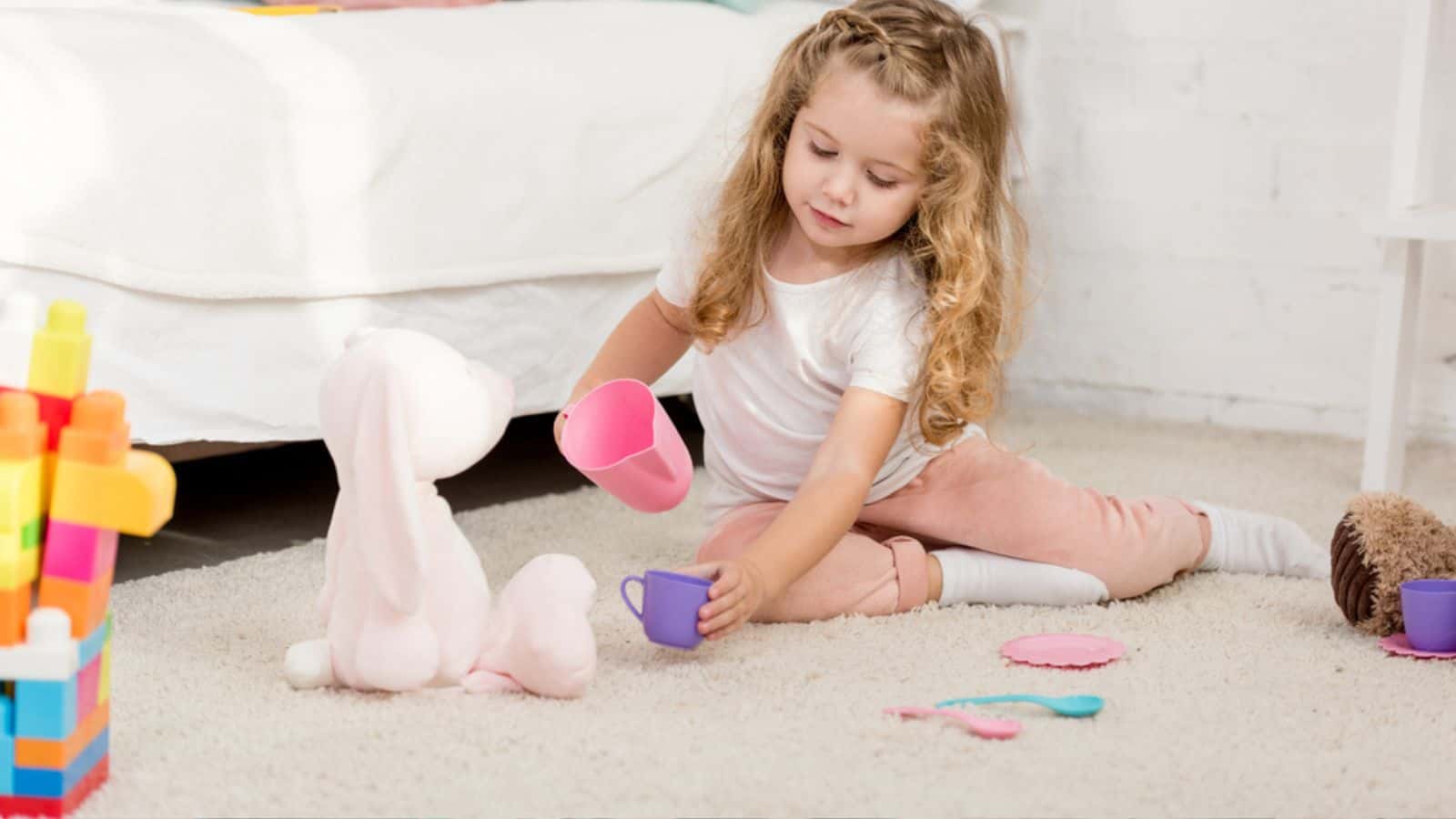
Cornstarch is a natural absorbent, making it a great option for lifting fresh stains from carpets. When a spill occurs, you can sprinkle cornstarch over the affected area and let it sit for half an hour or until dry. The cornstarch will absorb the liquid, and as it does, it draws the stain out of the carpet fibers. Once the cornstarch has had time to absorb the spill, you can vacuum it up, often leaving behind a much lighter stain or none at all. For tougher stains, like oil stains, cornstarch can be mixed with a bit of milk to form a paste, applied to the stain, and left to dry. Afterward, vacuum up the dried paste.
Club Soda For Removing Carpet Stains

Don’t have cornstarch handy? No problem! Club soda also works for carpet stains. Imagine Minds suggests using the power of club soda to remove stains from carpets is a tried-and-true hack that yields impressive results. To apply it, simply pour a moderate amount of club soda directly onto the stain and let it sit for 10-15 minutes, depending on the severity of the stain, to penetrate the fibers. The club soda will help lift dirt and stains to the surface.
Blot the area with a clean cloth or paper towel to lift the stain away. This hack is prized for its effectiveness in tackling spills and stains on carpets without the need for harsh chemicals.
Tea for Cleaning Hardwood Floors

Tea contains tannins, which can enhance the color and shine of hardwood floors without the use of harsh chemicals. Apartment Therapy provides a detailed step by step instruction on how to use tea for hardwood floors. First, boil a pot of water and add a few tea bags to steep. Allow the tea to cool to room temperature, then pour it into a bucket. Dip a soft cloth or mop into the tea and wring it out well so that it’s damp but not soaking. Mop your floors as usual, going with the grain of the wood. The tea will leave behind a subtle sheen and help clean the floors without damaging them.
Toothpaste for Silver Polish

Toothpaste is a surprising but effective cleaner for tarnished silver. The mild abrasives that help remove plaque from teeth can also polish silver gently without damaging it. To clean silver with toothpaste, apply a small amount of non-gel and non-whitening toothpaste to a soft cloth or sponge. Rub the toothpaste onto the silver in a circular motion to polish it and remove tarnish. Rinse with warm water and dry with a clean cloth. This method is particularly handy for silver jewelry or smaller items, and it’s a quick fix if you don’t have a specialized silver polish on hand.
Toothpaste For Scrubbing Grout

Don’t put away the toothpaste yet. Apart from using toothpaste to clean silver, did you know that toothpaste is also useful for scrubbing grout? Imagine Maids say utilizing toothpaste for scrubbing grout is a clever and cost-effective cleaning hack that produces impressive results. To put this hack into practice, simply apply a small amount of toothpaste to a damp cloth or toothbrush and scrub the grout lines thoroughly. The mild grittiness of toothpaste, coupled with its cleaning agents, effectively lifts dirt and grime from grout, leaving surfaces sparkling clean and refreshed. Homeowners have cherished this hack for decades.
Rice for Cleaning Vases
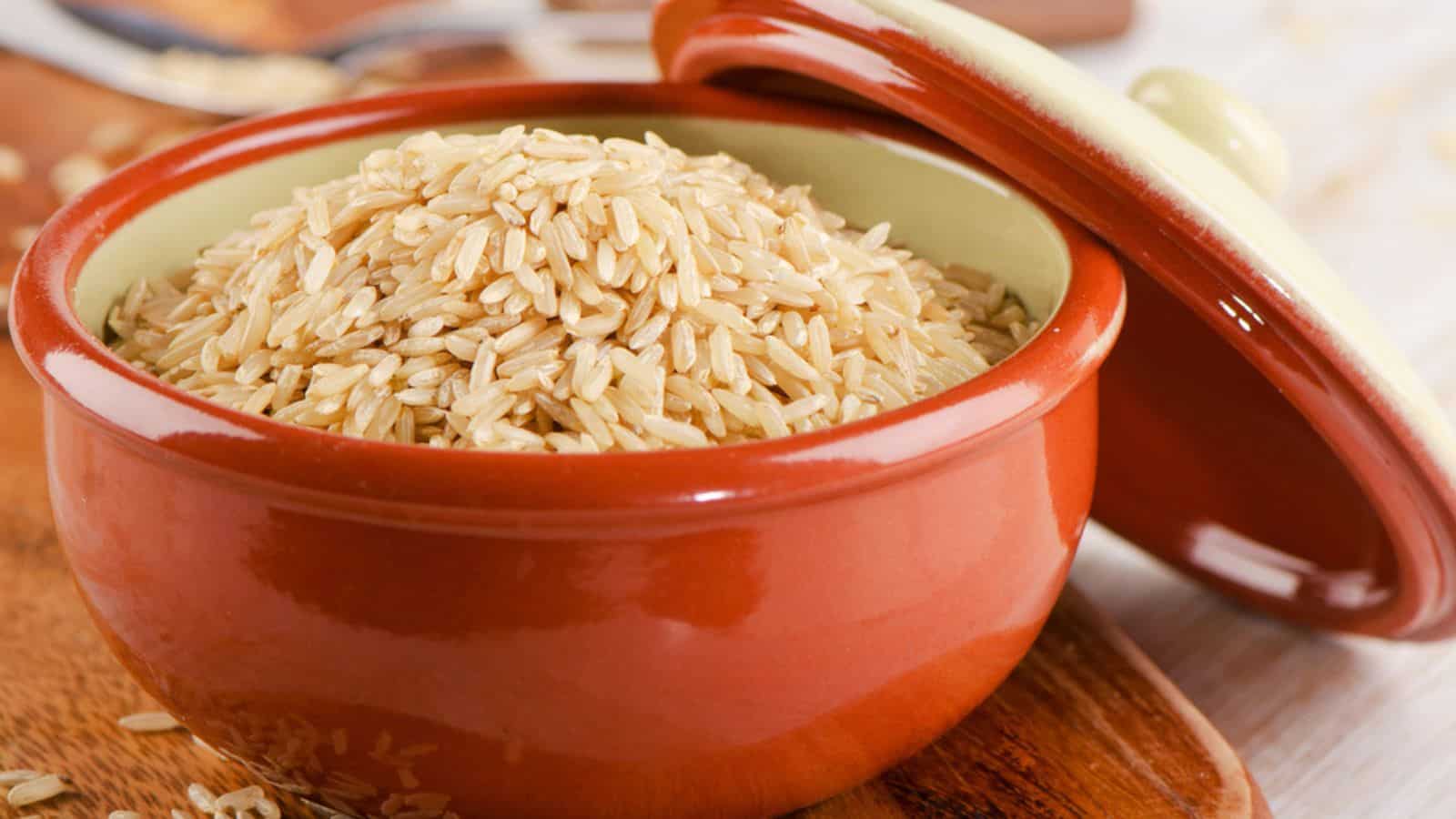
Rice can be an effective cleaning agent for narrow-necked vases or bottles that are difficult to clean with a brush. The small grains act as a gentle abrasive, helping to scrub away residue inside the vessel. To clean a vase with rice, fill it about halfway with warm water, add a tablespoon of rice, and a small amount of dish soap. Cover the opening with your hand or a cloth and shake vigorously. The rice will move around the inside of the vase, scraping off the gunk from the hard-to-reach areas. Once you’re satisfied with the cleaning, rinse the vase thoroughly with water to remove the rice and any loosened residue. This method is not only effective but also environmentally friendly and safe for most vase materials.
Use Coffee Grounds To Absorb Odors

Utilizing coffee grounds for odor absorption is a simple yet effective cleaning hack that dates back centuries. To employ this method, Imagine Maids suggests placing dried coffee grounds in an open container and leaving them in areas prone to odor, such as the refrigerator or kitchen cabinets. The porous nature of coffee grounds allows them to absorb and neutralize unpleasant odors, leaving behind a fresh and inviting scent. This hack has its roots in ancient practices where coffee was used not only as a beverage but also for its aromatic properties, making it a versatile solution for banishing unwanted smells.
More From Arnie Nicola: Tips To Keep Your House Clean With Children

Keeping a clean house can be challenging with children, as they often create messes and clutter. However, with some careful planning and organization, it is possible to maintain a tidy and clean home. Here are some ways to keep your house clean with children.
Tips To Keep Your House Clean With Children
More From Arnie Nicola: 18 Simple Cleaning Hacks with Baking Soda and Vinegar
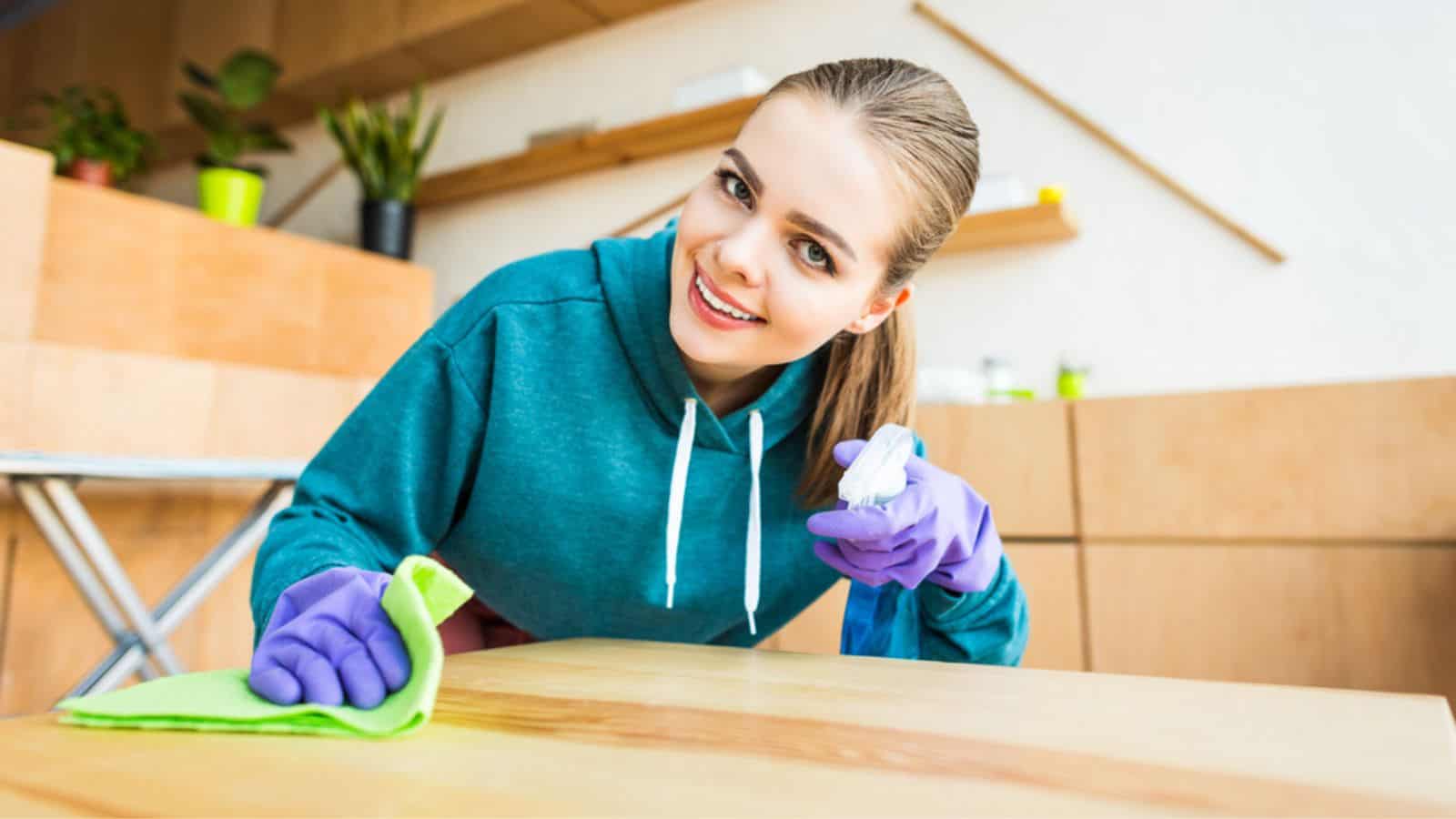
Baking soda and vinegar are natural, non-toxic products that are excellent for cleaning. When the two products are combined, they result in a powerful cleaning agent that can eliminate the toughest dirt, stain, and grime. Baking soda acts as the deodorizer, while vinegar packs the cleaning power with its high acidity and ability to disinfect and kill germs.






